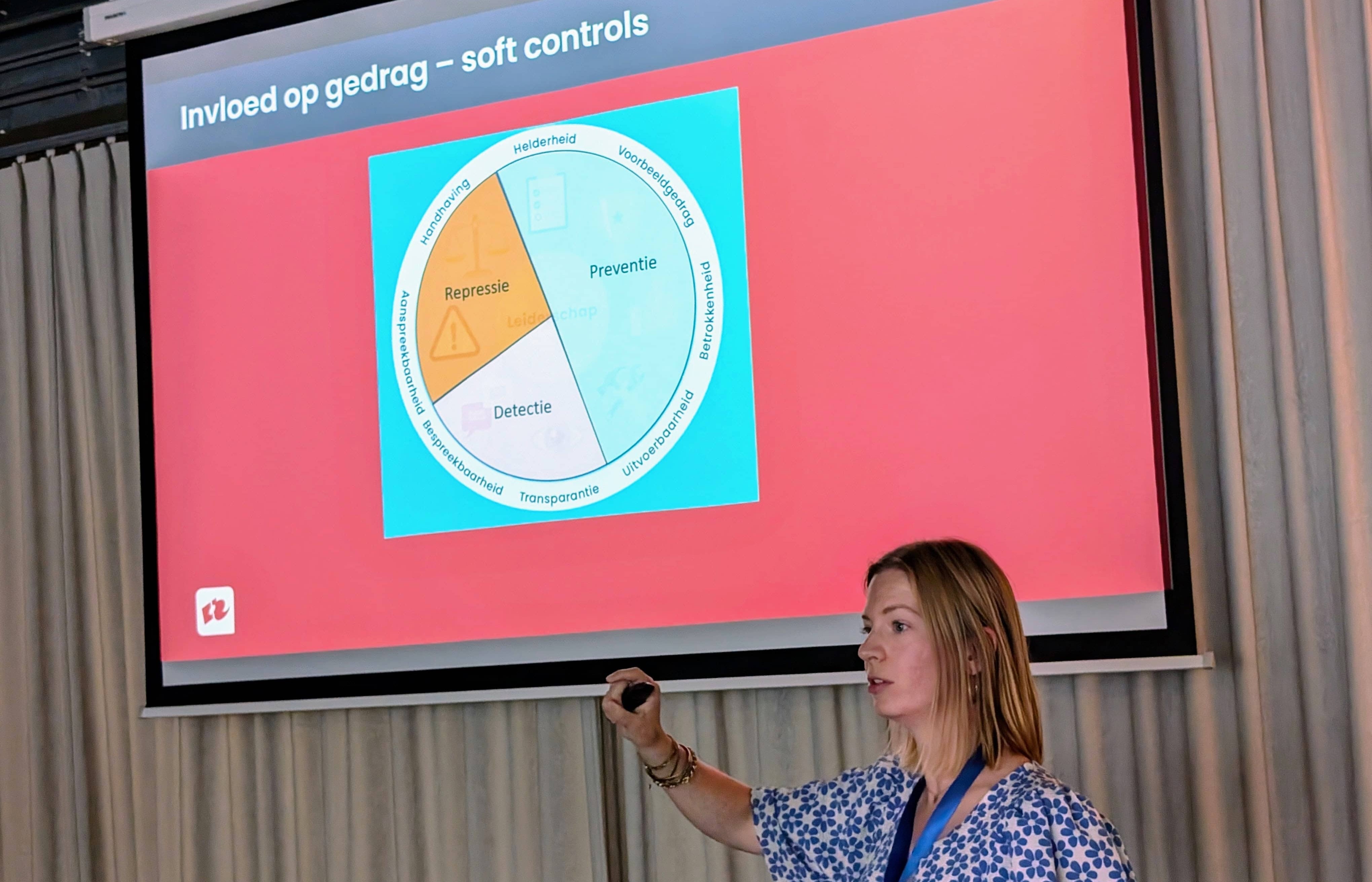
OCW Policy Brief: how the OER of tomorrow is already taking shape
July 2025 – It’s been less than four months since Minister Bruins published his OCW policy brief, but it already feels like a turning point. Not just because of the content—clear in its call for coordination and shared direction—but also because of the political climate in which the document now operates.
The brief, published in March, aims to future-proof secondary and higher education in the Netherlands. Less fragmentation, more coordination. Crucial programmes must remain accessible in every region. That requires a new approach to the Education and Examination Regulations (OER): no longer an internal format drafted just for accreditation, but a strategic document that shows what a programme stands for—and why.
Since then, the political context has shifted. The fall of the Schoof cabinet created uncertainty, but did not lead to any reversal in policy: the OCW direction remains intact. And in a strikingly candid interview on June 23, Bruins warned against the growing politicisation of science and education. “How much power do you want to give a minister in populist times?” he asked. His call: strengthen the autonomy of institutions. Let quality speak for itself. In that light, the role of the OER is changing fundamentally. It’s no longer just a compliance document—it becomes a reflection of substance and legitimacy. And that calls for new ways of writing, collaborating, and being accountable.
1. From competition to co-creation
The central message of the policy brief: institutions should no longer develop their degree programmes in isolation, but in coordination with the national portfolio. In higher education (HBO/WO), this shared responsibility will even be enshrined in law. For MBO, regional pacts will define which programmes are essential in each region.
Each programme will need to demonstrate:
- why it belongs in the national portfolio,
- which societal challenge it addresses,
- and with which partners it collaborates.
The focus shifts from “how do we attract more students?” to “what value do we provide—and how do we evidence that together?”
2. What’s changing in the OER cycle?
The OER will become richer in content and more complex in process—with more stakeholders involved.
- Analysis → Internal evaluations will be supplemented with mandatory DUO benchmarks and national programme maps.
- Editing → New sections will appear, including portfolio position, regional impact, and cooperation agreements.
- Approval → Review will go beyond the exam board and student council. A national platform of institutions will also be involved. Align-checks will become as standard as plagiarism checks.
- Funding → Between 2027–2029, funding will gradually shift from student numbers to societal relevance. A strong, well-supported OER will directly influence institutional funding.
3. How institutions are preparing—and how automation helps
These changes impact not only what goes into the OER, but also how institutions organise the process around it. Many are now automating key elements, such as:
- structuring templates and data fields (e.g. auto-fill lists for sector, region or societal theme);
- managing cross-departmental collaboration with clear access rights, audit trails, and approval workflows;
- integrating data from DUO or internal systems to prevent double entry and reduce errors.
The goal? Simplify the process, increase quality, and make collaboration safer and more transparent—not as added bureaucracy, but as essential support for what matters most: well-documented, high-quality education.
4. What can institutions do now?
Many institutions have already started structuring their OER processes—and not a moment too soon. Consider:
- identifying collaboration partners who will need authoring access;
- updating internal templates and workflows;
- assessing whether current practices are ready for the new requirements.
The policy may come from The Hague, but execution happens locally—within programme teams, legal departments, and quality assurance offices. That’s exactly why now is the time to build a shared, data-driven foundation.
The OER as a strategic instrument
The OER is evolving from an administrative afterthought into a strategic cornerstone. No longer something to “submit on time,” but a document that reflects what your programme stands for—and why it matters. For institutions that take that shift seriously, this is the moment to invest in transparency, alignment, and digital support. It doesn’t have to be perfect tomorrow, but you can start today. Curious how others are approaching it? We regularly share examples, insights, and practical updates to support your transition.


.jpg)
